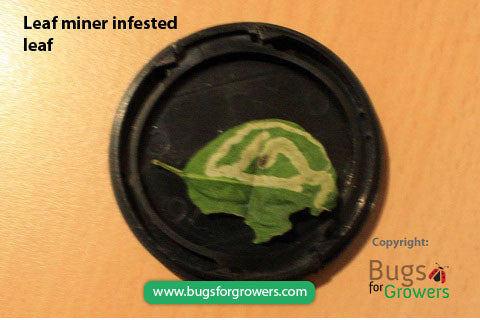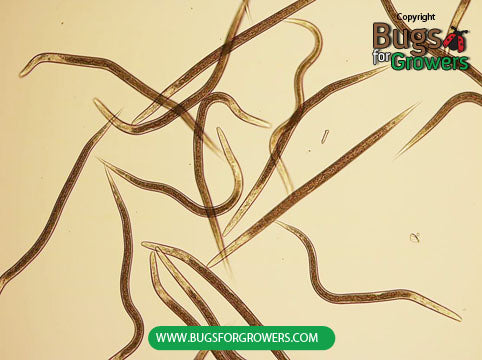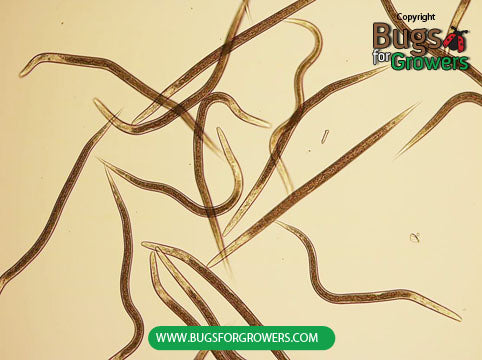Leafminers
Damage caused by leafminers
Leafminer females and larvae cause both indirect and direct feeding damages to their host leaves, respectively. Briefly, females cause injuries to leaf tissues with their ovipositor when they are laying eggs and feed on sap that oozes out from those injuries. These injuries cause stipples on the leaves. In contrast, maggots (larvae) of leafminer mines leaves and feed on the mesophyll tissue between the upper and lower surface of leaves. This leaf mining activity appears as serpentine tunneling that affects the process of photosynthesis in which plants make their own food by converting light to energy. Thus the direct feeding injuries caused by larvae affects plant growth and in case of severe infestation, crop leafminers can kill seedlings prematurely.
Facts (show all)
- Common names
-
- Leafminers
- Scientific name
-
- Liriomyza spp.
- Identification
-
Adults: Adults of Liriomyza leafminers are tiny, yellow, gray or black colored flies (Order: Diptera) with their wing span ranging from 1.20 to 2.50 mm.

Eggs: Eggs of leafminers are whitish and about 0.25 X 0.15 mm in size.
Larvae: Maggots (larvae) are legless, whitish yellow or yellowish green in color, without head capsule and about 3 mm long.
Pupae: Pupae of leafminers are yellowish at the beginning but turn dark blackish in color at the time of emergence of the adults.
- Biology
-
Females of leafminers deposit eggs singly directly under the leaf epidermis by inserting their ovipositors. Eggs hatch within 2-3 days into small maggot that develop through three developmental stages within 3-4 week. Third stage maggots then move out of the mines to form a puparium either on the leaf surface or in the soil. Inside the puparium, third stage maggot molt into mature maggot and then puparium hardens and becomes pupa. Adults emerge from pupae within 2 weeks, then females lay eggs and life cycle continues. Leafminers generally complete several generations in a growing season.
- Organic Control of leafminers
-
- Following beneficial bugs can control leafminers organically
- Beneficial entomopathogenic nematodes for leafminer control
-
- Steinernema carpocapsae
- Steinernema feltiae
- Mini Parasitic wasps for leafminer control
-
- Diglyphus isaea
- Dacnusa sibirica







